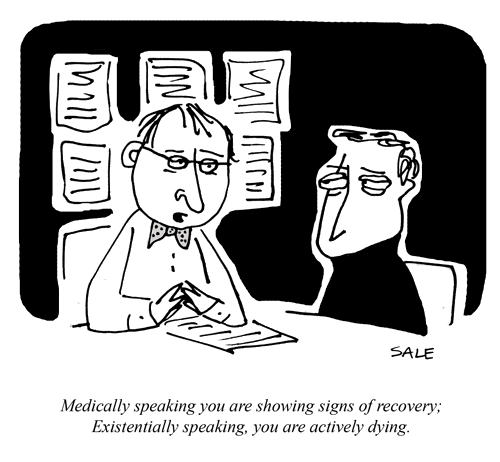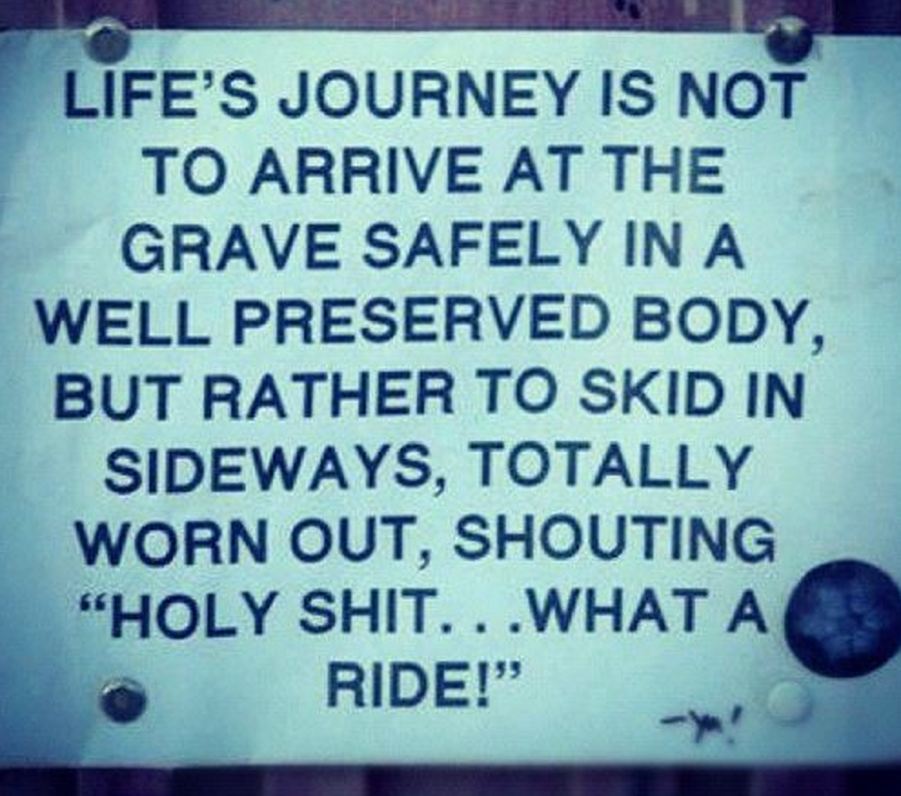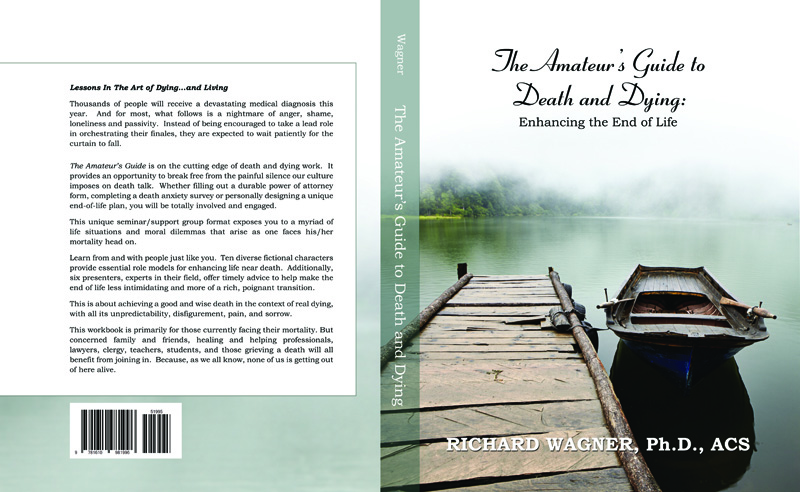I’m receiving a lot of email asking me about The Amateur’s Guide To Death And Dying: Enhancing The End of Life. My correspondents want to know what makes this book different from the myriad other books on the topic. The best way to explain is to quote from the introduction of the book.
I’ll be posting more about this in coming days. Thank you for your interest.
USING THIS WORKBOOK*
If you are reading this book you already know that our society has an enormous death taboo and that few opportunities exist for sick, elder and dying people to connect with others in a purposeful way. You probably also know that instead of taking a lead role in orchestrating our finales, we are expected to be unobtrusive, dependent on the care of others and wait passive-ly and patient-ly for the curtain to fall.
Well, you can kiss that unhealthy mentality goodbye right now. The Amateur’s Guide to Death and Dying is, as its title suggests, an interactive workbook for enhancing the end of life. It is designed to help you reclaim your dignity and dispel the myth that sick, elder, and dying people are unable to take charge during their final season of life.
The Amateur’s Guide offers you a way to face your mortality within a framework of honesty, activity, alliance, support, and humor. And most importantly, instead of having some well-meaning “expert” lecture you on how to think and feel, you’ll be learning how to navigate through this new territory from the best possible teachers available – other people just like you.
The most exceptional aspect of this workbook is its format. The Amateur’s Guide is modeled on a remarkably successful 10-week program developed by PARADIGM Programs Inc., a nonprofit organization in San Francisco. You will be included in an on-the-page support group, which simulates participation in an actual PARADIGM group.
The Amateur’s Guide offers practical information on the nuts and bolts of successfully living one’s dying. As in our real-life groups, you will be exposed to authentic life situations that arise when people consciously face their mortality in our death-negative society.
You will gain insight and perspective into a myriad of issues related to dying in this modern age. In addition, six dynamic speakers will present you with important and timely information that is full of humor and compassion.
All of this is designed to help make the end of life less of an intimidating process and more of a rich, poignant transition.
You’ll find everything you need, right here, to be an active participant in this process.
* From Getting Started, the introduction to The Amateur’s Guide To Death And Dying: Enhancing The End of Life



